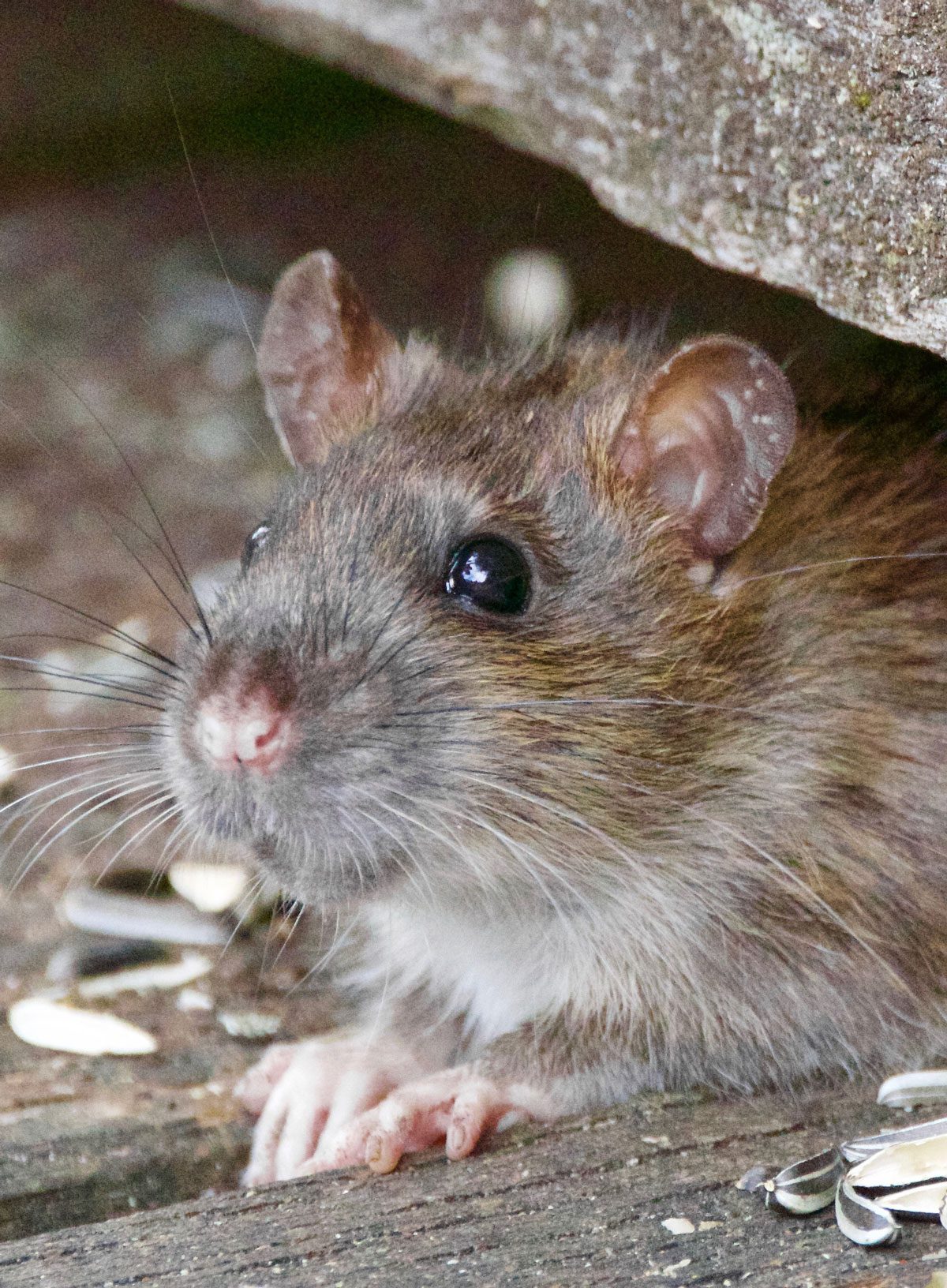Inspect
For every rat treatment, our specialist will thoroughly review your home, determine the severity of the infestation, and prepare a quote for your service
Prepare
Rat treatments typically do not require any special preparation. Our technician can enter your home and perform the treatment with you, your family, and your pets present.
Treat
Our treatment procedure involves a system of baits and traps. Your technician will perform service on both the internal and external parts of your home.
Identifying Mice
"It nice to keep rodents and insects out of our house and hot tub!
Great job—thanks!"
Suzi B.
Rat Control

These large invaders are one of New England’s perennial favorites. They are able to live in varied environments and as such, are fruitful and capable of multiplying exponentially. If there is no entry point to your home, they can chew and gnaw their way in. At this time in history, after man, they are one of the most numerous mammals on earth. So, if you battle the fall invasion each year, take some comfort in knowing that you are not alone. Should you find yourself in need of help this year, consider giving Graduate a call and we’ll offer some helpful hints and perhaps a service.



